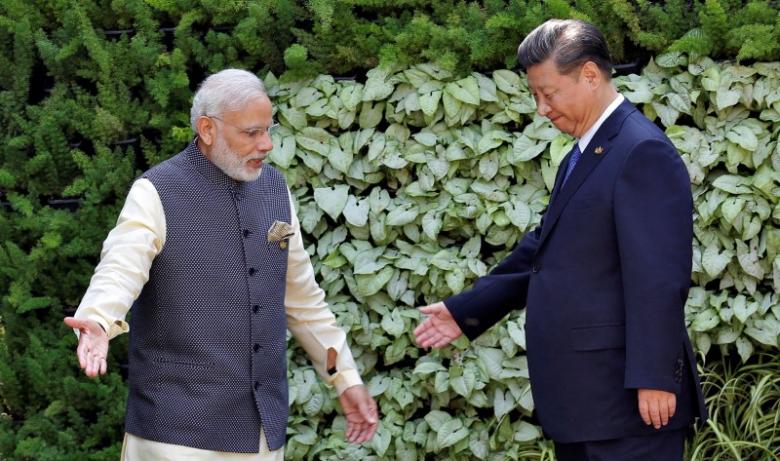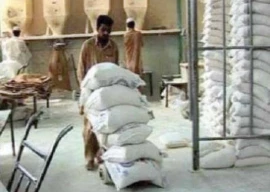
MUMBAI:
The future of the BRICS looks toxic. China and India stepped back from a border dispute just in time for a summit of the bloc of large emerging market countries. That helps Chinese President Xi Jinping keep up appearances ahead of a crucial political reshuffle. But the unusual tensions between the two Asian giants suggests the three-day gathering underway could be a last hurrah.
Brazil, Russia, India, China and South Africa are united in their opposition of a Western-led global order. So Xi’s fresh call for an open world economy is easy for members to get behind, amid a rising tide of protectionism in developed markets to which exports flow. Since starting to group together roughly a decade ago, the BRICS have wrung concessions from a global climate change agreement, and have improved their position in international bodies such as the International Monetary Fund.
Beyond that, the BRICS, which account for nearly 29 percent of global GDP at purchasing power parity, share less in common than other blocs. The Group of Seven (G7) are all rich, industrialised nations with broadly similar democratic politics. The Association of Southeast Asian Nations (ASEAN), and the Gulf Cooperation Council are composed of countries that at least live shoulder-to-shoulder. In everything from history to demographics, politics, and resource dependence, the BRICS vary enormously. The huge differences have rightly seen the acronym panned as a “bloody ridiculous investment concept”.
Now a potentially fatal problem is heightening distrust between its only neighbour-members. The source of friction is Beijing’s “Belt and Road” initiative, an ambitious global infrastructure push. New Delhi sees it as a debt-fuelled attempt to buy influence and, in places, a threat to its sovereignty. Indeed, construction of a road by China led to the recent Indo-Sino border spat. A separate project runs through Pakistan and Kashmir, another disputed region.
Ultimately, the sums being invested in Xi’s set piece dwarfs China’s commitment to things like the New Development Bank, a BRICS-backed lender set up two years ago to rival the World Bank. That does not mean there will not be more summits and self-important communiqués. But as China and India march in opposite directions, the BRICS are likely to fade further into irrelevance.
























1713418975-0/MehwishKhans-(1)1713418975-0-270x192.webp)






















COMMENTS (4)
Comments are moderated and generally will be posted if they are on-topic and not abusive.
For more information, please see our Comments FAQ